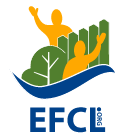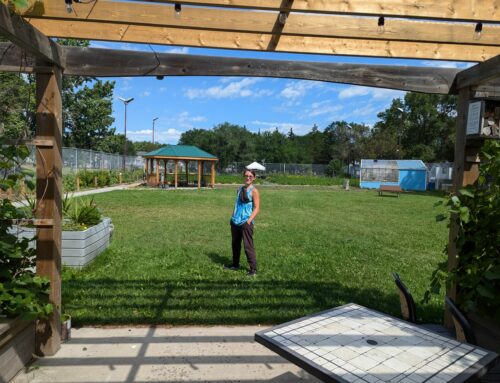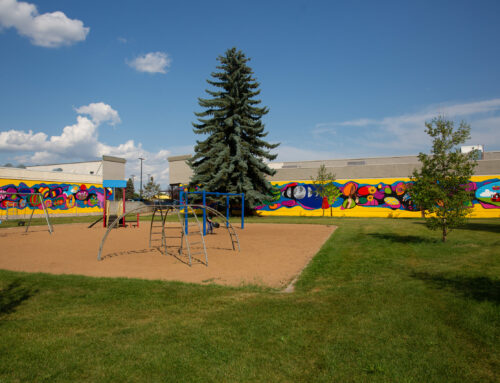Cheryl West-Hicks, left, and Jesse Enns Power see the Banned Book Club as an opportunity to engage the community on a different level, providing an open space to consider diverse ideas.
If you read enough, one of the things you learn is that things become tropes for a reason: scenarios, characters, even certain turns of phrase persist because they say something true, they capture something meaningful — in short, because they work.
“Not long after we started, I saw a meme online that was something like, ‘A riot happens and white people start a book club,” says Jesse Enns Power, one of the co-founders of the Strathcona Community League, ahem, Banned Book Club. “That’s exactly what we’re doing! But, you know, it’s working out for us.”
In fairness, Enns Power was not, strictly speaking, responding to any riots when she and Cheryl West-Hicks decided to come together to give their neighbours a place to read and, most importantly, discuss controversial literature. They weren’t, in fact, at first even really focused on anything controversial, nor necessarily married to books.
“Part of it was just approaching it from a place of community need,” explains West-Hicks. “I had been Sports Director before, and we had all these great events for able-bodied people. So we were looking for a way to have something different — to offer something to people who might not otherwise be involved as much.”
Not everyone is going to agree on these ideas, but you should be able to read and digest and make your own opinion on them
This desire eventually found a companion in an event Enns Power, then the Diversity and Inclusion Director, held for National Indigenous Peoples Day: though she included things like craft and a scavenger hunt to find some of the Indigenous-themed art spread throughout Strathcona, she was looking for a way to help the community go a little deeper. Coming together to read and talk about what that meant seemed like a natural fit.
“Well, I am a librarian,” admits Enns Power, with a laugh. “But it is a great way of expanding your understanding around certain topics — and meeting to discuss them can be a great way, as a community, to explore those topics, and hear some perspectives on them that are maybe a little outside your own kind of circles and echo chambers.”

Among the books the Banned Book Club has explored are The Marrow Thieves by Cherie Dimaline and Maus by Art Spiegelman
The book club has evolved from there, first focusing on Indigenous issues, then other cultural groups, before landing on their most recent edition, discussing books that have been banned or challenged in schools and libraries across the country. Even limiting themselves to only a book every couple months allowed them to pull from a surprisingly diverse range, including The Color Purple by Alice Walker, Maus by Art Spiegelman, The Marrow Thieves by Cherie Dimaline and The Perks of Being a Wallflower by Stephen Chbosky.
For Enns Power and West-Hicks, this gives them a chance to discuss the nature of book bans, who they target, and why exposing yourself to diverse perspectives is important — valuable lessons for anyone who is looking to build community.
““One of the things that’s striking when you start to explore these is how often people who are trying to get these books banned haven’t even actually read them,” notes West-Hicks. “It’s just based on what they’ve heard or been told about the book. So I think that shows some of the importance of giving people a chance to explore these in a space that’s focused on understanding.”
“Not everyone is going to agree on these ideas, but you should be able to read and digest and make your own opinion on them,” adds Enns Power.
And one of the happier side effects of making a point to explore these ideas, especially from a Community League perspective, is that it’s given them a chance to connect with members of the community that the usual spate of League fair might not otherwise tap into.
“For Maus, we had a man who described himself as sort of another version of Art Spiegelman — he was also the child of Holocaust survivors, had a very similar upbringing, and that perspective was incredible,” says West-Hicks. “And we also had a 11-year-old girl who devoured the whole book in one night, and this was some of her first introduction to these topics. We hadn’t seen either of them around the League before, and we got to have this great discussion with them.”




